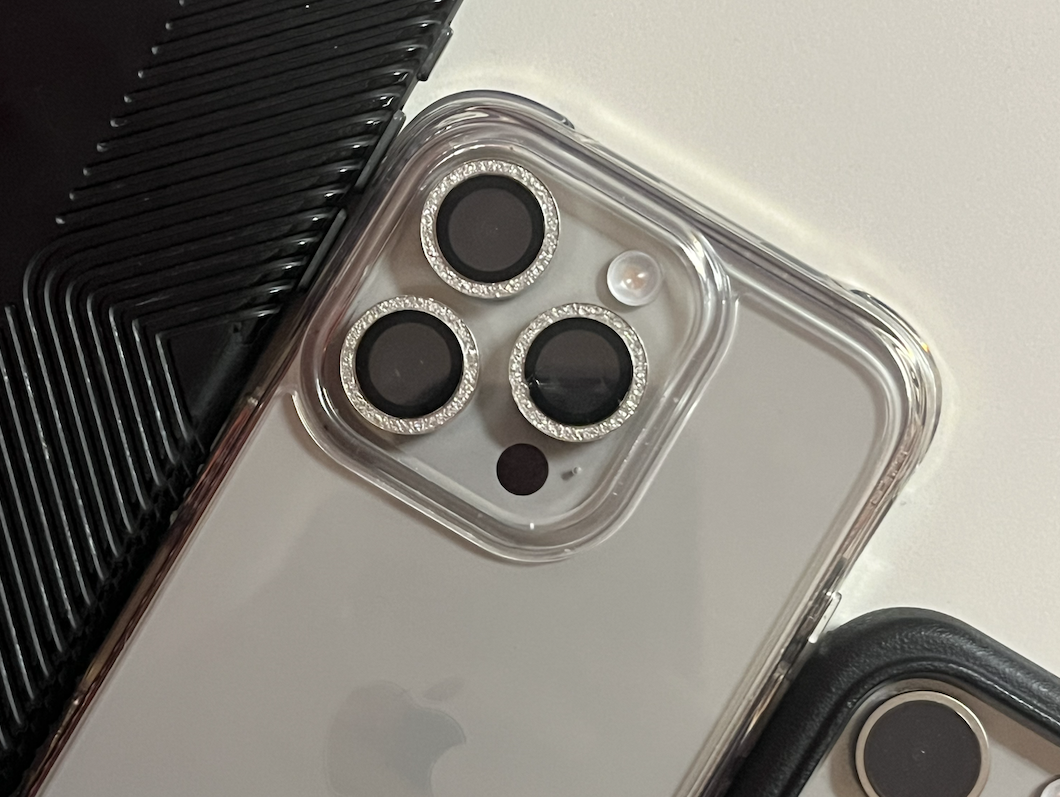Being a woman of color brings you into three worlds: being a person of color (POC), being a woman, and then both identities together as one. However, seeing your identity as one can be challenging when there are usually spaces that are for specific segments of identities instead of the whole. Having a complex identity is beautiful, but when approaching feminism it can be complicated. Often, feminist spaces only welcome white women or people with very specific identities. Understanding intersectionality in feminism is essential to providing the deserved space for all women to use their voices and claim their identity as feminists. To understand intersectionality to its highest degree, it is important to know feminism’s past of exclusion.
White women have been at the forefront of feminism for hundreds of years, starting mainly with the suffragette movement. While these women fought for several years to win the vote for women, the movement itself centered around rich, white women and deliberately left out women of color (WOC). This trend has been apparent throughout history, mainly in second-wave feminism, which puts an emphasis on the reclamation of sexual agency for women but oftentimes tends to dilute the experiences of women of color, restricting the experiences and stories of WOC feminists. This has led us into the third wave of feminism, where our present-day women are battling for the equal right to be in professional areas, while also ignoring the systemic roadblocks that make it far more difficult for WOC to succeed in white and male spaces.
With this in mind, it is important to recognize the misogyny within POC communities. Although misogyny is prevalent in almost every community, one can see it, especially in POC communities. For example, within Asian communities common culture portrays women as valuable for what they can do concerning men– i.e. marry a man and give them children. This is a problem seen in many cultures and communities. In our world, women are often viewed critically and often judged more harshly than men. We can see this often in Indian cultures, when a woman gets married to a man, her ‘duty’ lies with raising and having children, where the same is not expected of the man. The double standard for women of color, which is not only seen in POC communities but in general media as well are common roadblocks for WOC feminists.
By implementing intersectionality into feminist spaces, we are making progress towards a more accepting movement. We can do this by being more open to WOC voices when talking about feminism, being aware of the internal biases surrounding women in POC spaces, and being conscious of our own privilege and utilizing it to push feminism in the right direction.











